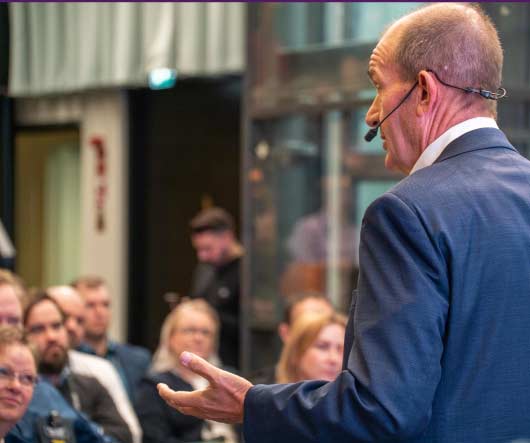My podcast partner, Professor Ryan Hamilton of Emory University, and I were honored to celebrate our 200th podcast, The Intuitive Customer. To mark the occasion, we each chose three of the best episodes from the first 200. Here are our picks and the key things we learned from each.
Colin’s Picks:
How Apple Uses Psychology To Construct An Outstanding Experience
The Massive Importance of Memory in a Customer’s Experience
Ryan’s Picks:
5 Rules for Ensuring Behavioral Science Works for Your Business
Are You Using This Valuable Marketing Tool for Growth?
Is Facial Recognition Creepy, Or Is It Just the Future?
Let’s take a closer look at what we learned from each of these (in no particular order).



